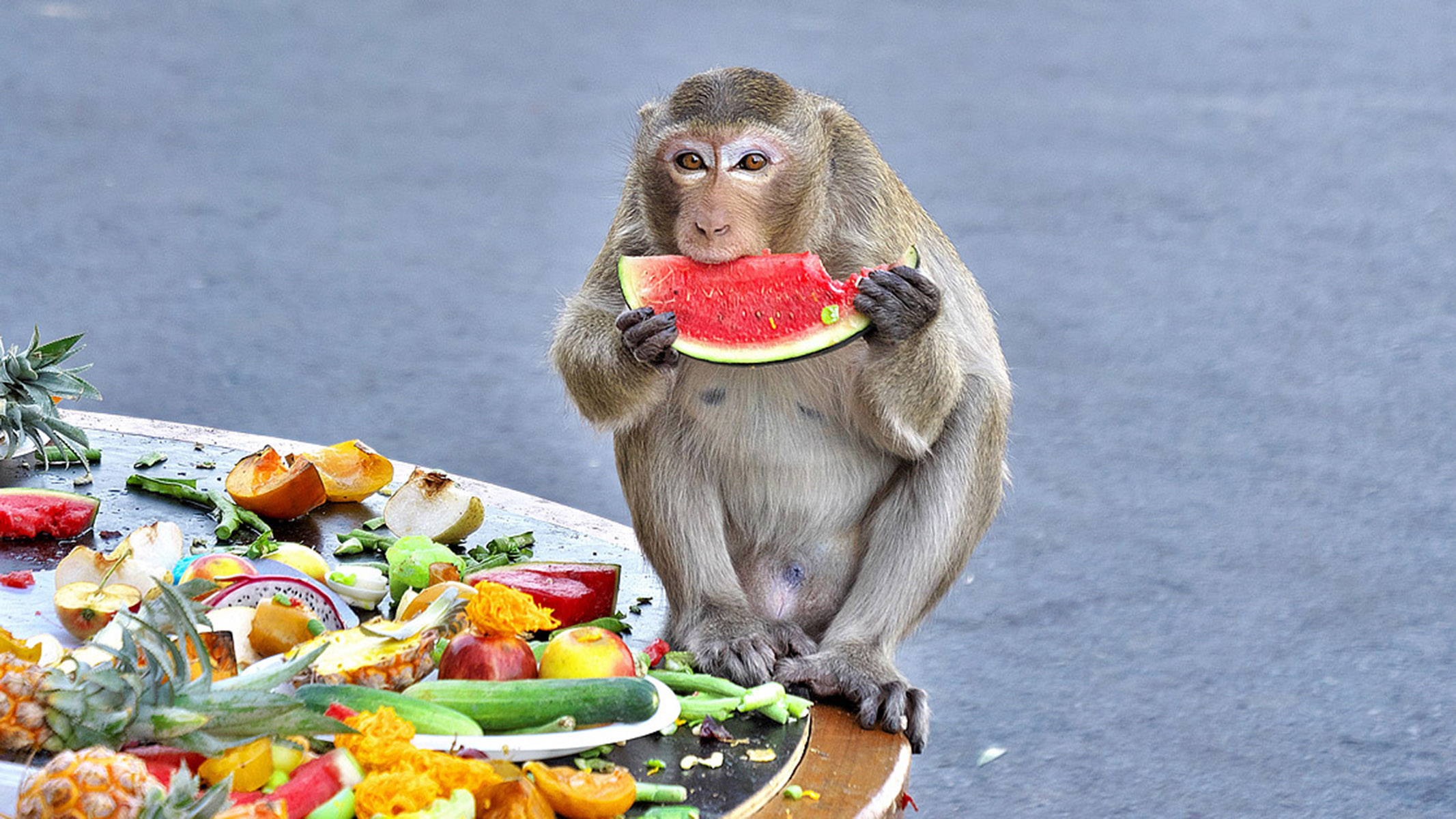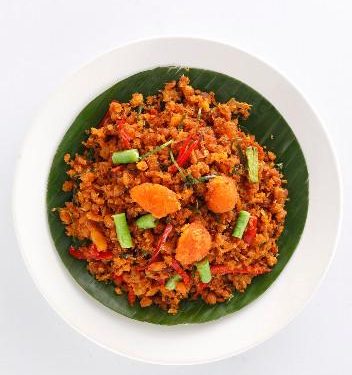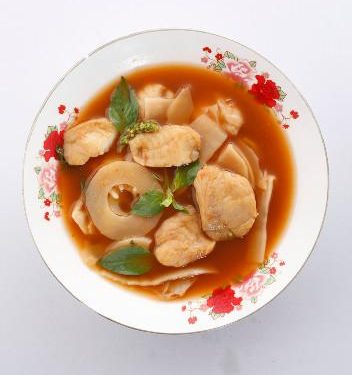Discover The Legend Of The Culinary Arts In Lawo
To Thai students, Lawo may sound familiar from a history class (for those who have been paying attention), as one of the major kingdoms that dates back to the Dvaravati Era. Later on during the Ayutthaya Era, King Ramathibodi I (Phrachao Uthong) sent his eldest son, Phra Ramesuan to reign over the city. However, after Phra Ramesuan became king of Ayutthaya, Lop Buri lost its significance until it was later resurrected as the second capital of Siam. Under the reign of King Narai the Great, a palace – Phra Narai Ratchaniwet – was ordered to be built on the east bank of the Lopburi River, thus putting Lop Buri at the peak of its prosperity. To date, its status as the city of King Narai the Great still stands, as an annual national festival named King Narai the Great Reign Fair is held every February as a celebration and remembrance of King Narai the Great. Getting to this historic town is not difficult, with its short distance of only 160 kilometres, a mere two-hour drive, from Bangkok.
Lop Buri is the ‘Land of White Clay (Dinso Pong)’ and the ‘Land of Monkeys’, two legends that originated from the great epic of the Ramayana and one of its main characters, Hanuman. In the narrative, when Rama {Phra Ram) finally defeated Ravana (Tossakan), Rama rewarded Hanuman and made him the king of Lawo Thani. Hanuman, a monkey warrior general, brought over his troops of monkeys with him. Time passed, and the descendants of those monkeys began to fill the town, thus explaining the province’s abundance of monkeys today. Another legend has it that after defeating Ravana, Rama rewarded Hanuman by firing an arrow, and wherever the arrow landed that land would be Hanuman’s to reign. The magical arrow of Rama landed on Thung Phrommat (the current Lop Buri) and set fire to the land upon which Hanuman used his tail to put out the fire. From that day, the burnt land turned into white clay, or dinso pong. Today, dinso pong is a famous 5-star OTOP product of Lop Buri and plays a huge role in creating the province’s famous food – Khai Khem Dinso Pong, or white clay salted egg. Used to cover salted eggs helps the yolk to develop a creamy and rich, colourful yolk that is neither too oily nor salty.
Khai Khem Dinso Pong can be used to make many scrumptious savoury dishes and desserts. For instance, the famous local offering of Khai Khem Dinso Pong Phat Phrik Lhing, or stir-fried salted egg with ginger-chilli curry paste, is not to be missed. The dish is often stir-fried with Pla Duk Fu, or crispy shredded catfish made by deep frying shredded catfish meat until golden brown before stir-frying them with phrik khing, sliced cowpea, and the protagonist- Khai Khem Dinso Pong. Add sliced kaffir leaves as a garnish before serving. This dish is the best combination of salty and sweet with a hint of spice. The creamy salted egg is perfectly balanced with the flavourful catfish meat. This dish is guaranteed to dazzle with its simple yet delicious combination of flavour and crispy texture
Currently, the province’s source of Dinso Pong comes from Muban Dinso Pong, or white clay village, where Dinso Pong production is the main source of income of every household. As the land of Muban Dinso Pong is filled with white clay, it is not fertile enough for agriculture. Thus, white clay production became the villagers’ major profession. Tourists visiting the village may also learn to make white clay. For those who are interested in making Khai Khem Dinso Pong, head to Ban Din Mot Daeng, which serves as an educational centre and museum where one can try making their own salted eggs. The centre also welcomes everyone with an interest in pottery, whether that be earthenware or clay sculptures.
The local culinary scene of Lop Buri is inspired by many ethnicities and cultures, from Lao Puan to Mon and Thai Boeng. Migrating from the Lao People’s Democratic Republic before settling down in Ban Mi district, the Lao Puan’s preservation of their culture and food has resulted in many interesting dishes, amongt which is Kaeng Som Puan, where Pla Ra or fermented fish serves as the key ingredient that distinguishes Kaeng Som Puan from any other kinds of Kaeng Som. The Lao Puan or Thai Puan has unique and charming cooking skills and dishes, and Kaeng Som Puan is one of them. The dish also features pickled bamboo shoots, which gives it a unique sour flavour. To make the most authentic Kaeng Som Puan, bamboo shoots from Khao Sam Yot is a must thanks to its sweet and crunchy meat.
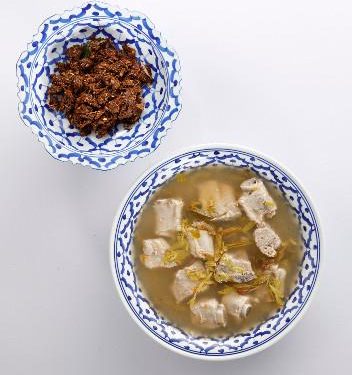
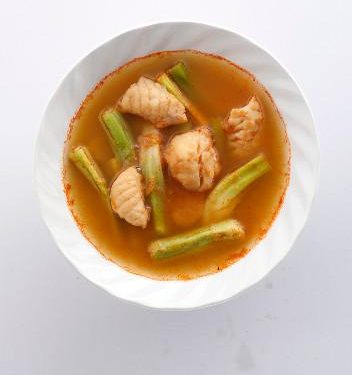
Other Restaurants

